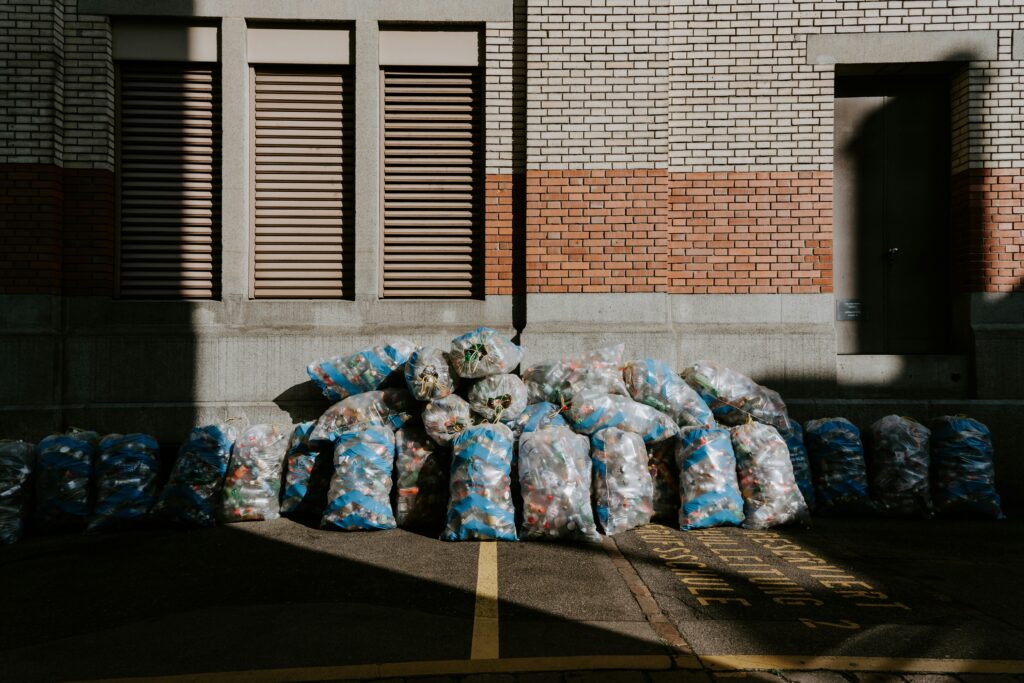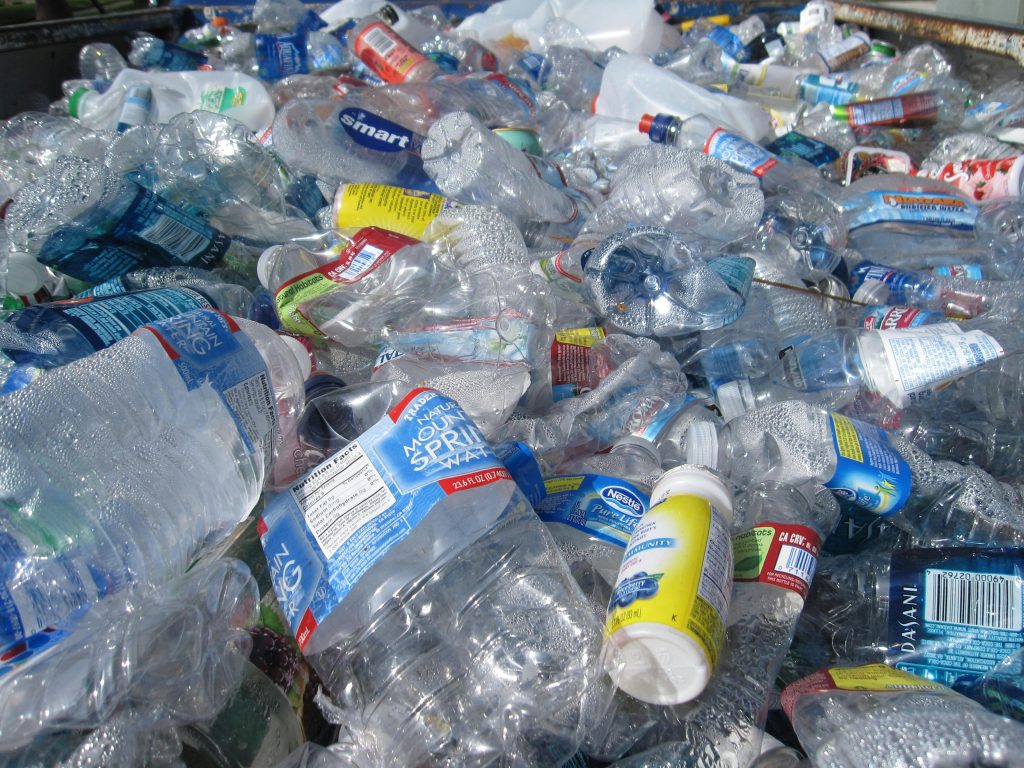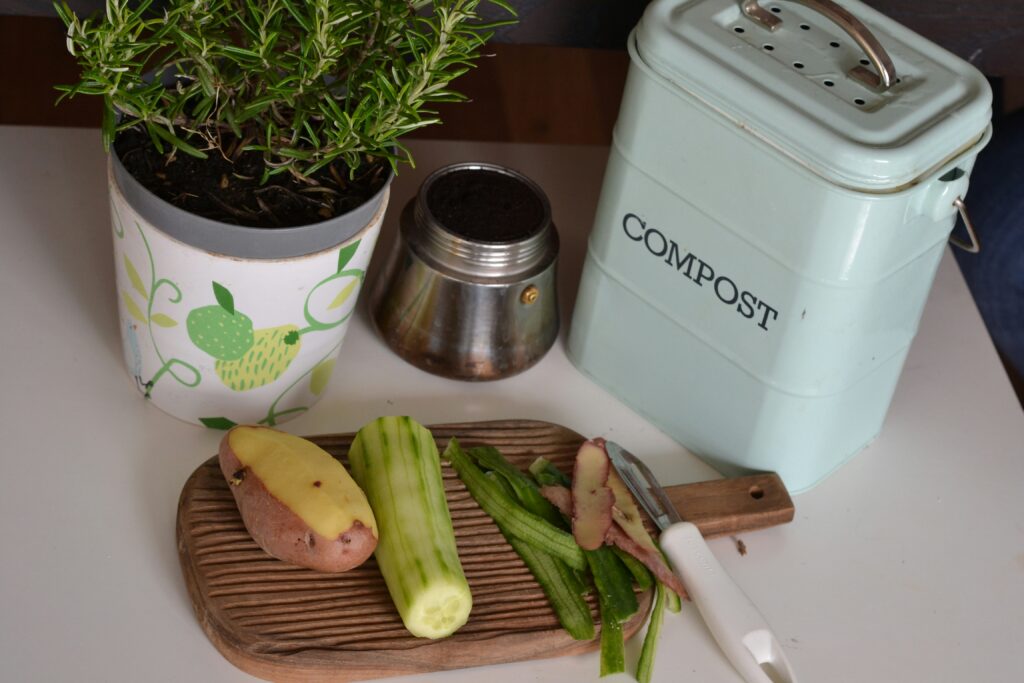
As the world grapples with growing mountains of waste, we often look to high-tech solutions. But nature — with its billions of years of evolutionary trial and error — has already solved many of the problems we’re trying to fix. Enter biomimicry: the practice of emulating nature’s strategies to solve human challenges. When it comes to recycling, nature offers not just inspiration, but a model for closed-loop, zero-waste systems.
🌿 What Is Biomimicry?
Biomimicry (from the Greek bios = life, and mimesis = to imitate) is a design approach that studies nature’s best ideas and applies them to innovation.
In recycling, this means asking:
How does nature handle waste? How does it reuse, renew, and regenerate without harming the environment?
♻️ Nature’s Recycling Processes
Nature is the original recycler. Consider:
Decomposition: Fungi and microbes break down organic matter into soil nutrients.
The Water Cycle: Water evaporates, condenses, and returns — endlessly reused.
Nutrient Cycling: Plants absorb minerals, animals eat the plants, and nutrients are returned to the soil through waste or decay.
Nothing is thrown “away” — because there is no ‘away’ in nature.
🧠 How Biomimicry is Shaping Waste Management
Here are ways humans are using biomimicry to rethink recycling and waste:
1. Mushroom-Based Packaging
Inspired by fungi, companies like Ecovative are creating mycelium packaging that decomposes in weeks — replacing Styrofoam.
2. Bio-digesters
Like animal stomachs, biodigesters use bacteria to break down organic waste, converting it into biogas and compost — mimicking digestive processes.
3. Circular Economy Design
Nature’s cyclical systems inspired the circular economy model — where products are designed to be reused, repaired, or composted instead of trashed.
4. Self-Healing Materials
Some polymers mimic biological healing — inspired by how skin heals — to reduce the need for replacement and disposal.
🏙 Urban Systems Inspired by Ecosystems
Cities are now being designed to function more like forests:
Green roofs that capture rainwater.
Zero-waste neighborhoods that mimic nutrient loops.
Shared resources that reduce overconsumption, inspired by cooperative ecosystems.
🧩 What Can We Learn?
From biomimicry, we learn:
Efficiency through cooperation, not competition.
Waste = food: every output is an input elsewhere.
Diversity and decentralization make systems resilient.
These principles aren’t just good science — they’re good design for a sustainable future.
🌱 How You Can Apply Biomimicry at Home
Compost food scraps like nature does.
Buy biodegradable products that mimic natural materials.
Use greywater systems to recycle household water, like the water cycle.
Even small changes can align your lifestyle more closely with nature’s wisdom.
Nature doesn’t just inspire beautiful design — it provides a functional blueprint for a sustainable world. By studying and imitating how ecosystems handle waste, we can transform our throwaway culture into one that restores, regenerates, and respects life’s cycles.
As the saying goes: “Nature is not a place to visit — it is home.” And perhaps, it’s also our best teacher.


